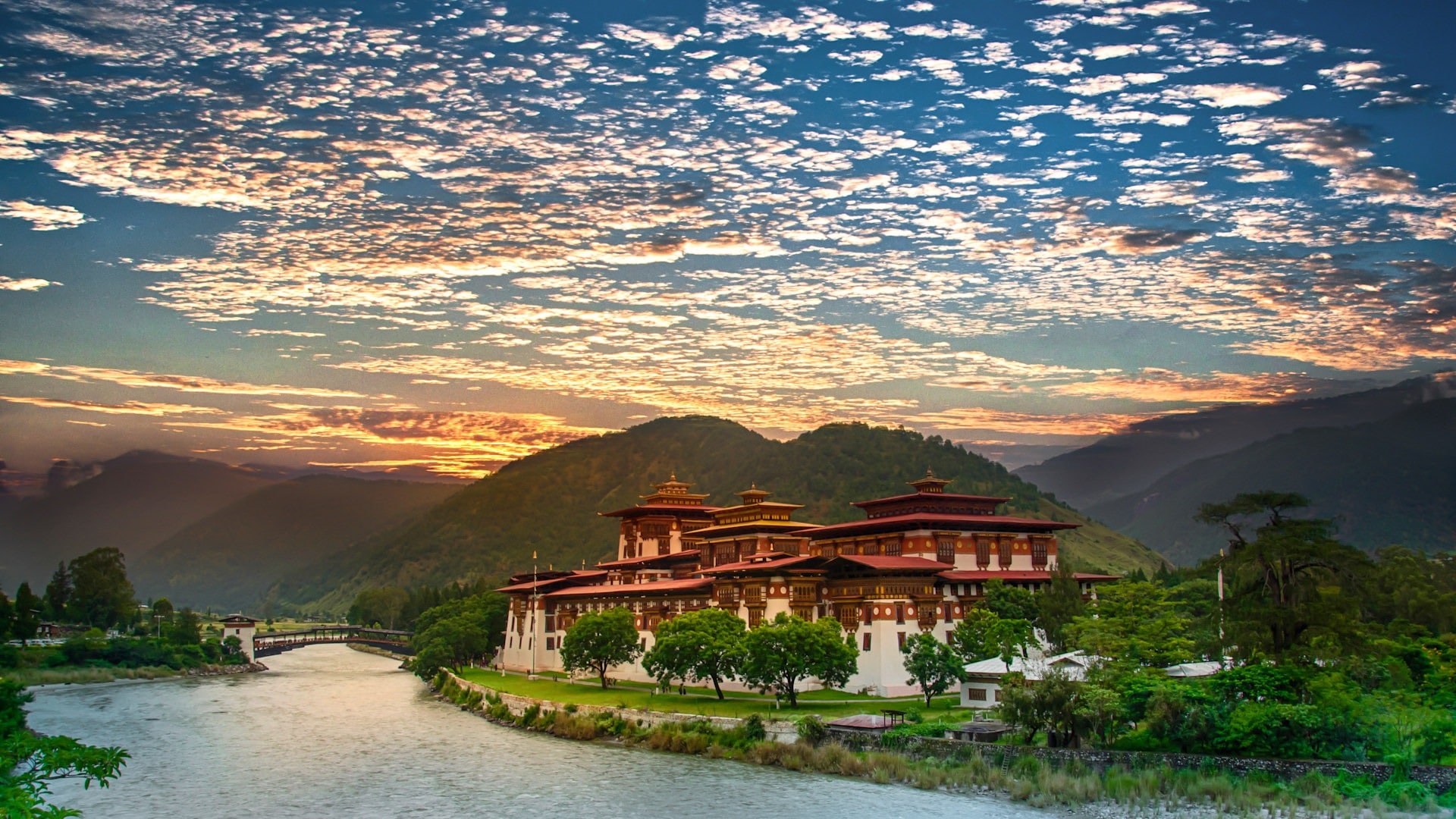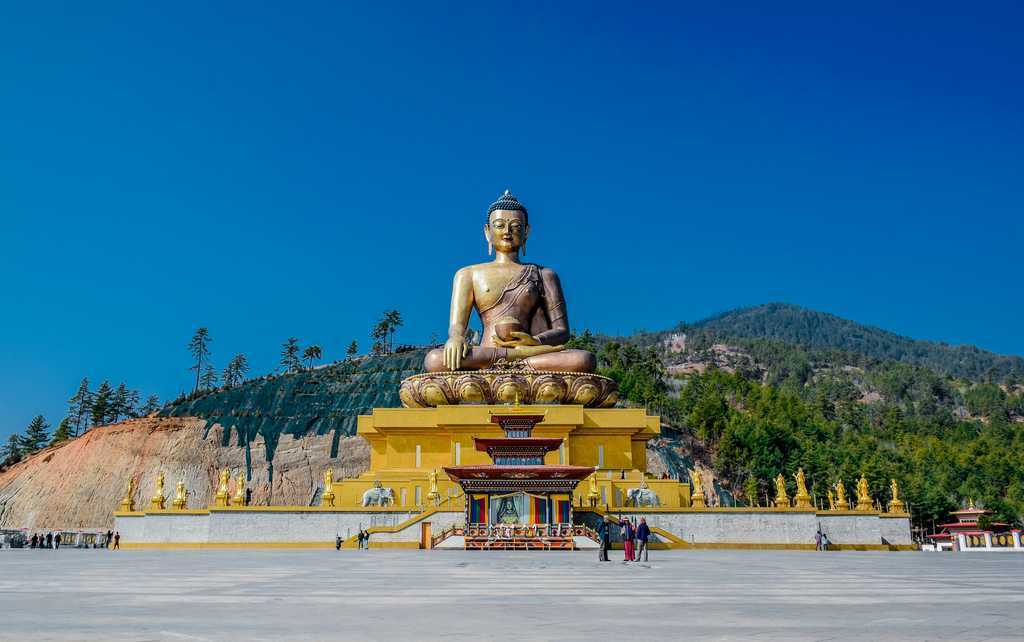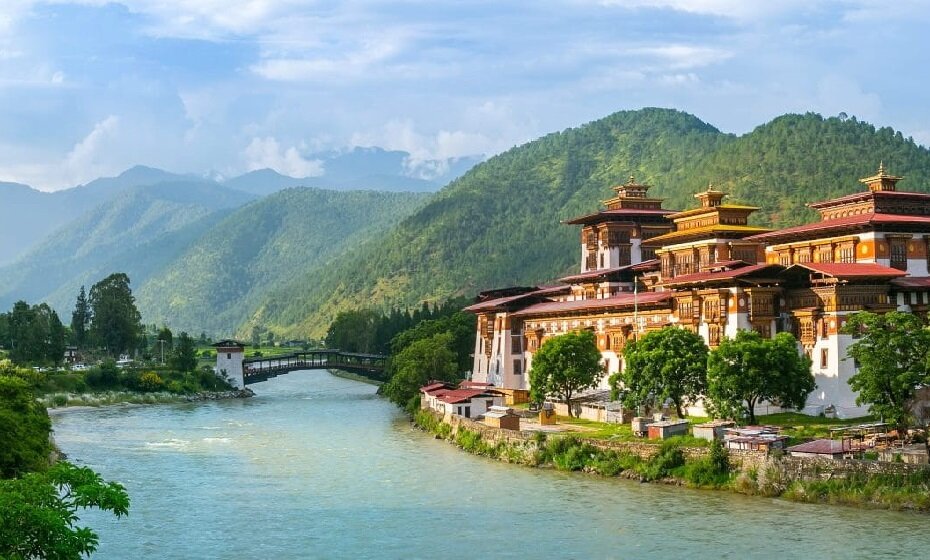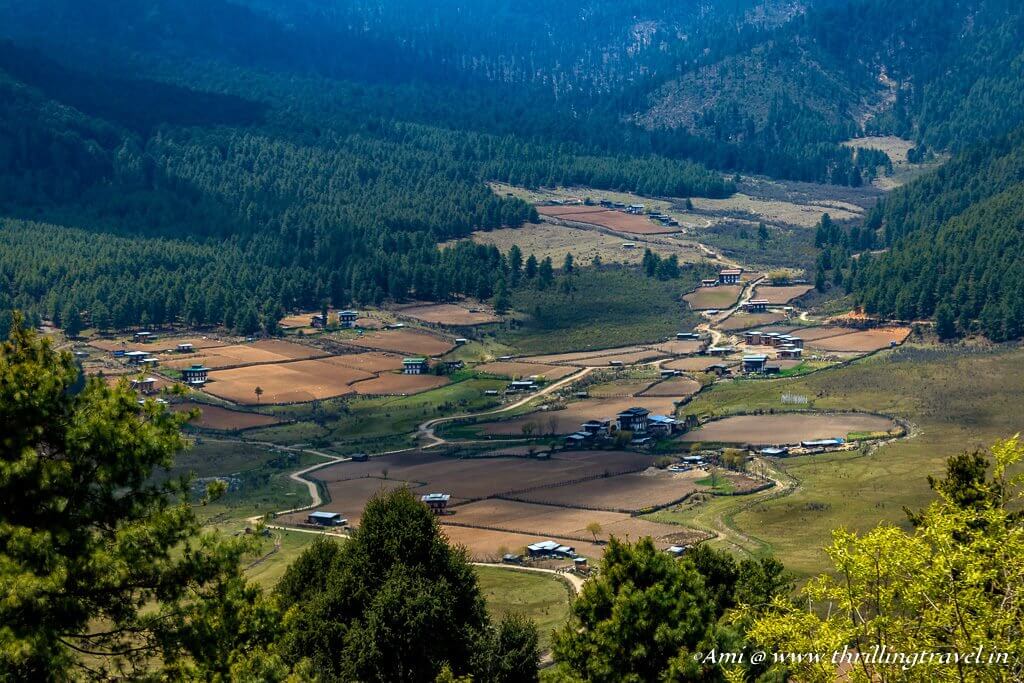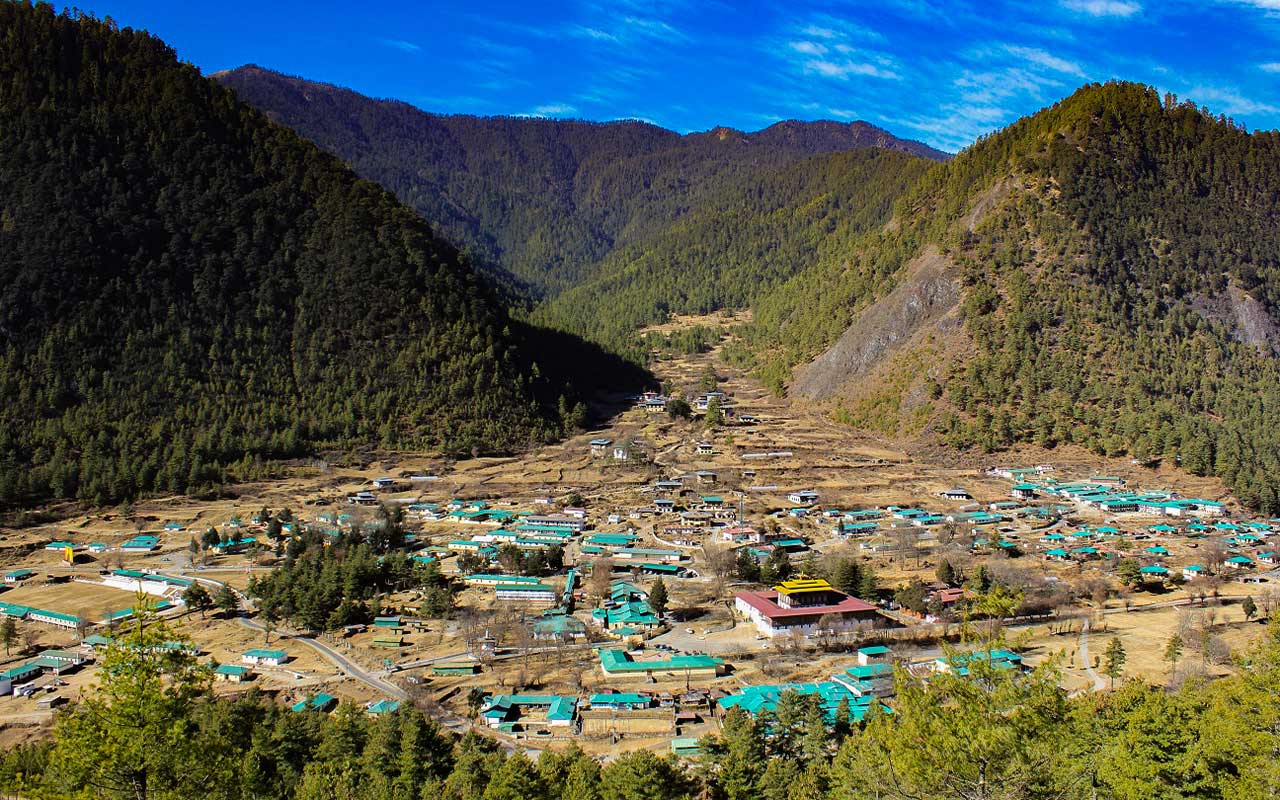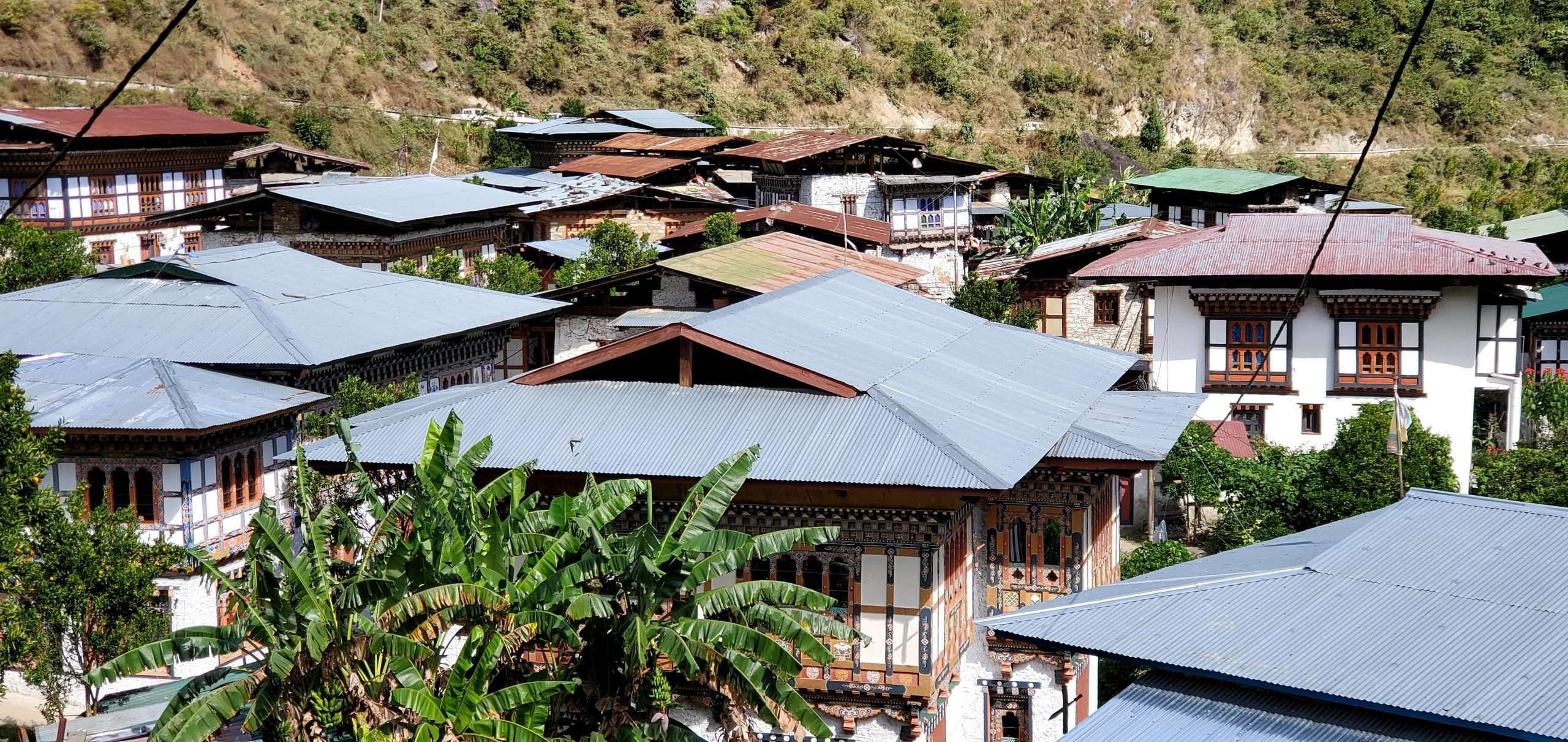Tigers Nest Monastery Paro Taktsang Guide
Paro Taktsang (Tiger’s Nest Monastery)
Paro Taktsang, also known as Tiger’s Nest Monastery, is one of the most iconic landmarks in Bhutan and an absolute must-see for visitors. Situated at an altitude of 3,120 meters (10,240 feet) on a cliffside in the Paro Valley, the monastery offers stunning views and a deeply spiritual atmosphere. The monastery is believed to have been built in 1692, but the site’s significance dates back to the 8th century, when Guru Rinpoche, a revered spiritual figure in ...
Bhutan, meditated here after flying on the back of a tiger.
This legendary association with the tiger adds a mystical allure to the place. The monastery is composed of four temples and various caves, with the main temple housing sacred relics and murals depicting Guru Rinpoche's life. Reaching the monastery requires a hike, which takes about 3 to 4 hours, depending on one's pace.
More About Thimphu
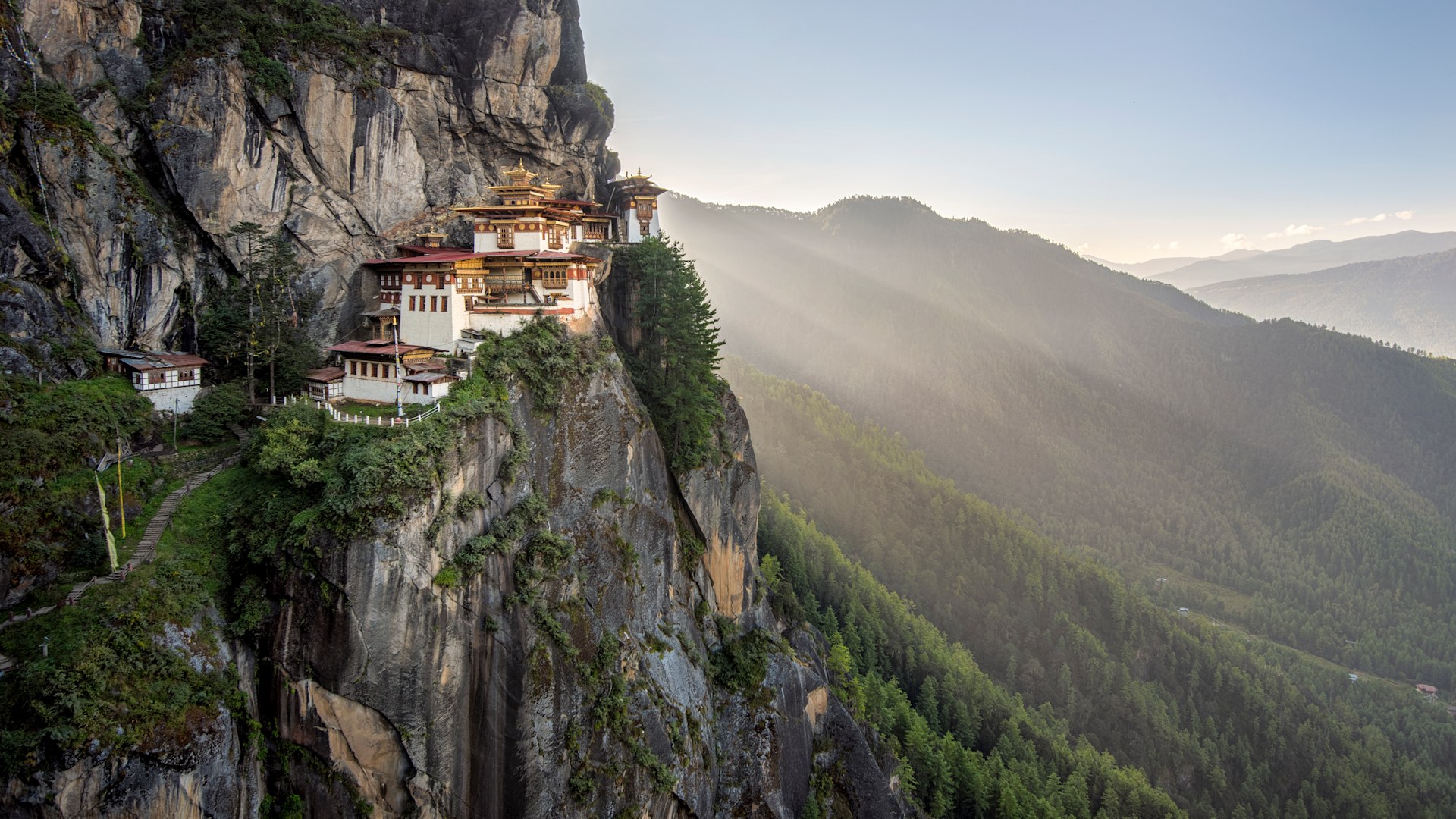
The trail, which begins at the base of the mountain, is a rewarding experience with views of dense forests, waterfalls, and the magnificent monastery perched on the edge of the cliff.
The hike may be challenging, but the stunning scenery, tranquil atmosphere, and spiritual significance make it an unforgettable experience. For those who can’t make the full hike, a café located halfway up provides a fantastic view of the monastery and a perfect spot for rest. The spiritual importance and dramatic setting of Taktsang Monastery make it one of the most celebrated landmarks in Bhutan and a highlight of any visit to Paro.
Categories

Request a call back
Our experts would love to create a package just for you!







